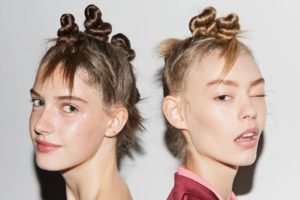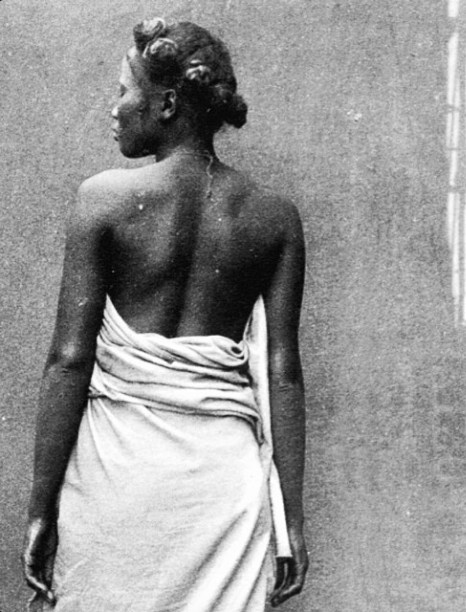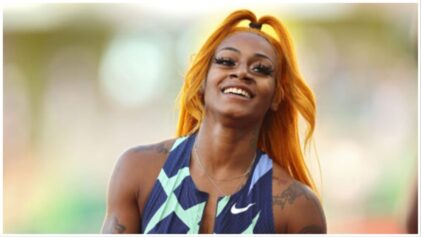
As the weather warms, we’ve got to think of creative ways to get our hair up and off our faces while still looking cool and chic! That’s why the twisted mini buns inspired by Guido Palau‘s from the Marc by Marc Jacobs SS15 show proves to be the perfect spring/summer hairstyle. Pair it with bold lipstick for a night out, tribal inspired makeup for a summer festival, or with dewy makeup for a rooftop BBQ.
Source: ManeAddict.com
By Shelby Christie
Marc Jacobs models came down the runway sporting a hairstyle known as Bantu Knots at his SS15 fashion show. ManeAddicts.com felt inspired by hairstylist Guido Palau’s bantu knot recreation and posted a hair tutorial titled “HOW-TO: TWISTED MINI BUNS INSPIRED BY MARC JACOBS SS15 SHOW.” The hairstyle is clearly what is known as Bantu Knots, a traditional African hairstyle that’s been around for over a thousand years. But I suppose Marc Jacobs’ innovative twisted mini buns came before then? The tutorial even suggests readers pair the hairstyle with “tribal inspired makeup.” This is yet another example of the beauty industry borrowing a component of Black culture without recognizing the origins of the trend. Last year, Marie Claire praised Kendall Jenner for sporting “new epic” cornrows.
Much like Columbus, the beauty industry is claiming to discover territory that’s already been occupied. Here’s a little history on the subject of Bantu Knots: Bantu is a colonial word used to describe Zulu people. The word was used to identify African people who spoke the Bantu dialect. The word Bantu does not refer to one group of people, rather over 10 million Africans of Zulu descent who speak the Bantu dialect. This is why Bantu Knots are also referred to as Zulu Knots. Zulu, as in African people, as in not Marc Jacobs. Bantu Knots have been worn by Black women as a way to protect and style their hair since the beginning of civilization. Below is a picture of a Madagascan woman rocking Bantu Knots circa 1898.
It’s apparent that it’s easier for mainstream, white American culture to overlook the Black contributions to beauty and style than it is for them to give credit where credit is due. Is there no one at these media outlets who will take the time to research the subject, to see if there were any other instances of the trend throughout history? Last year, Vogue wrote an article titled “We’re Officially in the Era of the Big Booty” where they accredited Jennifer Lopez with making big butts trendy, writing: “Perhaps we have Jennifer Lopez to thank (or blame?) for sparking the booty movement…J. Lo—the original trailblazing butt girl.”
Black women have had curves since the dawn of time, but they were told that they were too big to model and too thick to shop at Forever21. Black standards of beauty aren’t seen as valid until Kim Kardashian replicates it. Last year, famed retailer NastyGal.com was selling a “Nightwalker, vegan-leather du-rag” for $50! A blond-hair, blue-eyed model was advertising the same du-rag Black men have been followed by police for wearing. The “vegan” leather du-rag was offensively named “nightwalker” and was all of sudden being dubbed trendy. Bantu Knots are just the latest victim of cultural borrowing. These days Black standards of beauty are only stamped for approval once mainstream culture adopts it.



